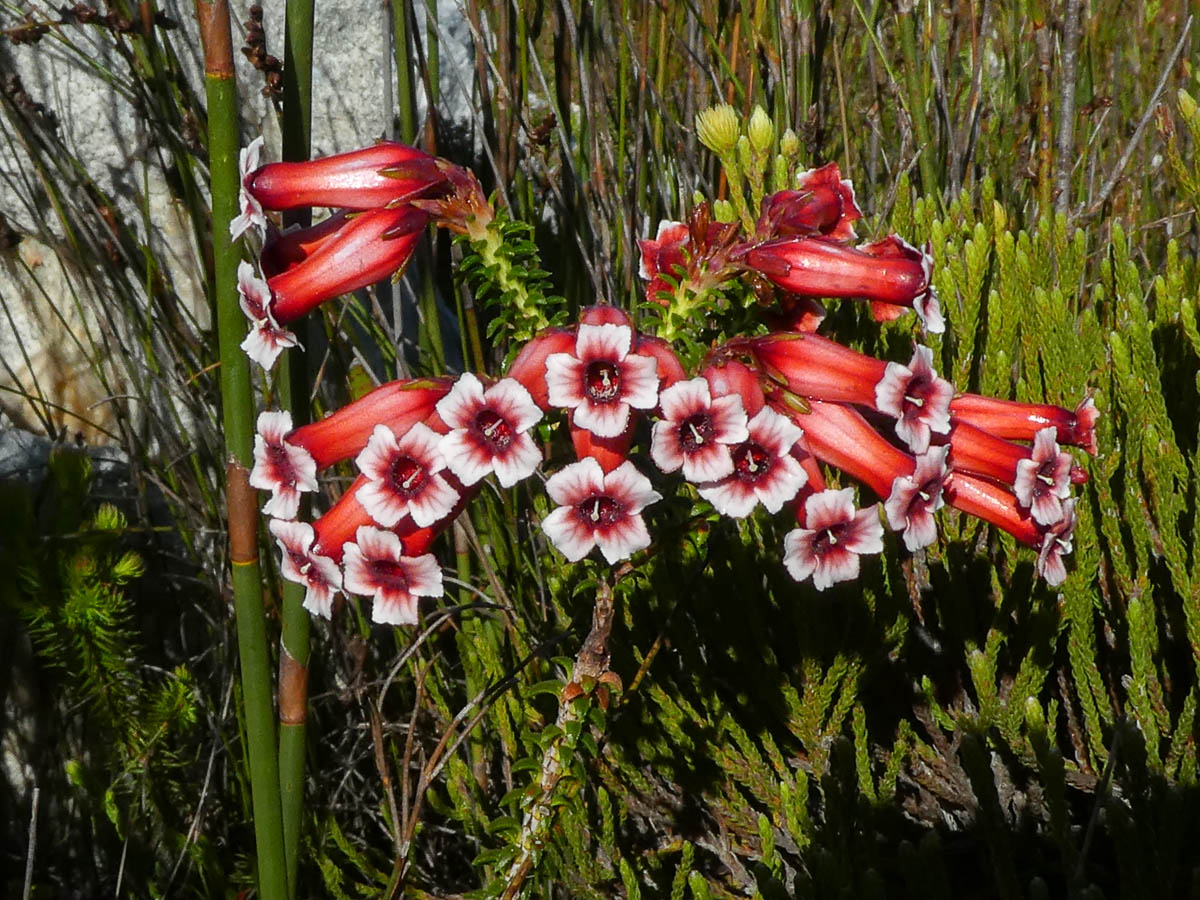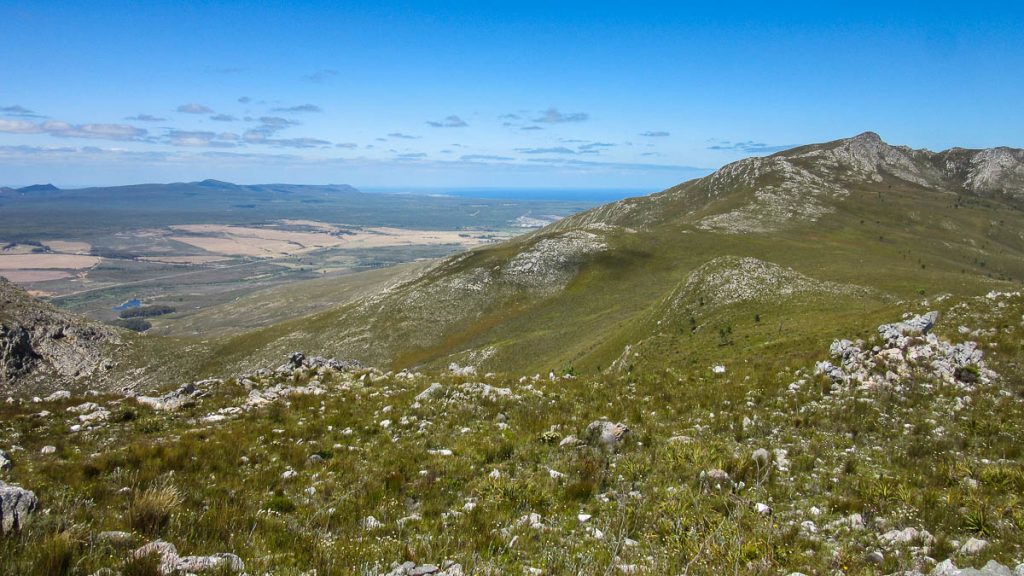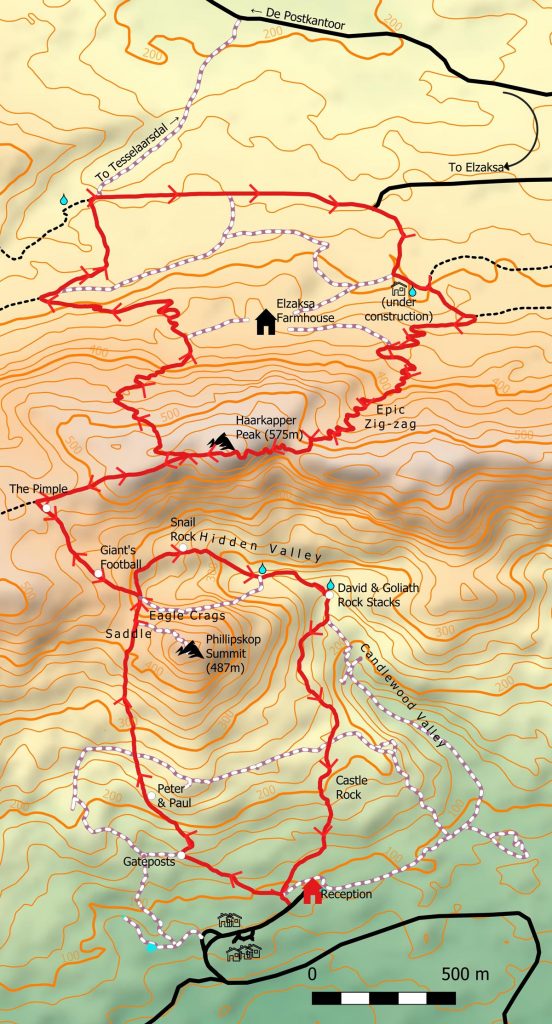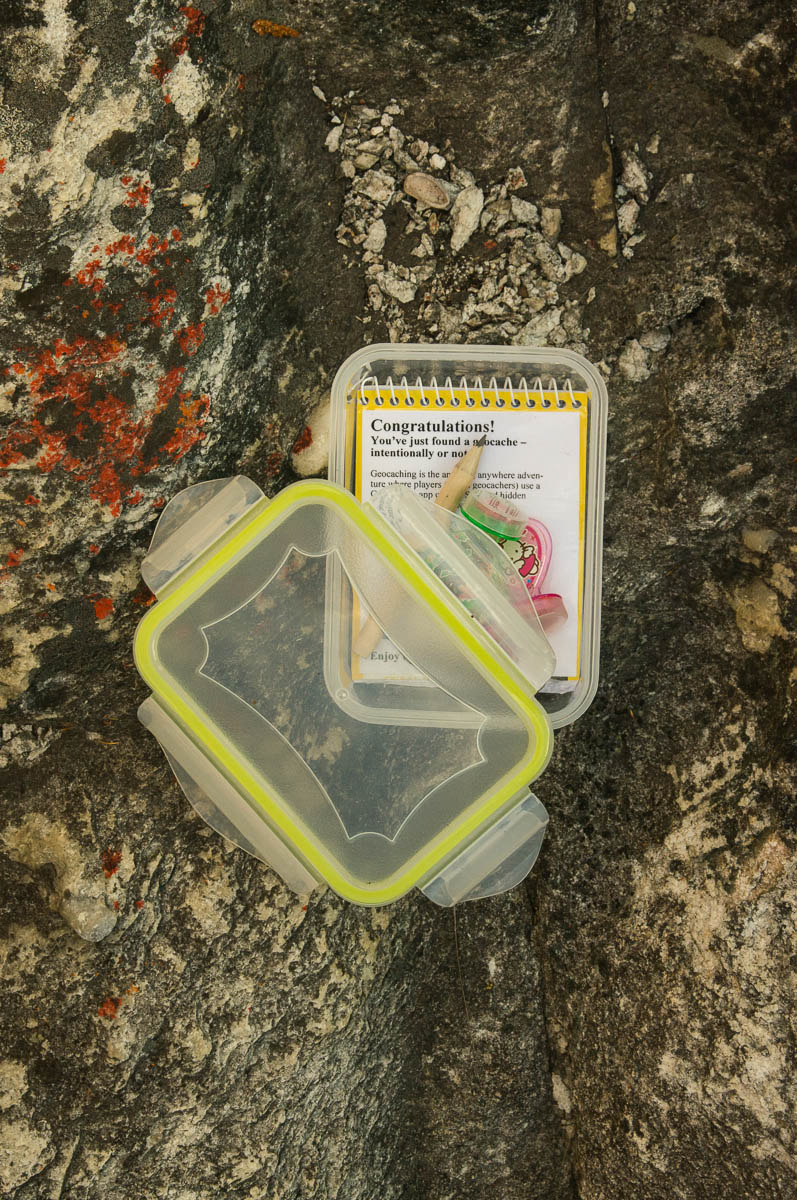Stanford, the place where fynbos, family and freedom are abundant.
By this we mean the freedom to explore the vast landscapes we have filled with the most incredible display of indigenous fynbos.
Did you know that we are even fortunate enough to have two unique species of Fynbos, found nowhere else in the world: The Erica irregularis, growing on the foothills between Stanford and Gansbaai, a gorgeous pink species, and Erica aristata, growing on the Klein River Mountains between Hermanus and Stanford.

Erica aristata. Image: Phillipskop Mountain Reserve
So, what better excuse to gather family and friends and set out on a Fynbos adventure?
We start this series of exploration with a highlight on an activity that may entice even your tech-addicted teenager to join you in the fresh mountain air.
If you’ve never tried geocaching, or you’re looking to stay and explore Stanford’s newest hiking trail, crossing over the Klein River Mountains, pack your hiking boots and head to Phillipskop Mountain Reserve, a sho’t left from the historic village centre.
Adding to an already jam-packed list of activities and near-by attractions, Phillipskop Mountain Reserve’s new Haarkapper (Hair Cutter’s) Hiking Trail route connects the private reserve with Tesselaarsdal, nestled behind the Klein River Mountains, via Elzaksa Farm.

The Haarkapper Trail will take you over the Klein River Mountains. Image: Phillipskop Mountain Reserve
The unusual route name honours the weekly journey of the famous Tesselaarsdal barber, Jannie Willemse. Jannie was a farmer from the valley and walked 20 km over the mountains to Stanford every Saturday to cut the villagers’ hair.
The 15-km trail follows a figure-of-eight route, offering visitors the option of a longer fynbos-filled mountain hike, says Phillipskop Mountain Reserve owner and manager, Chris Whitehouse. “You can also hike just one way over the mountain if you arrange transport on the other side. Or enjoy a delicious lunch in the historic village of Tesselaarsdal at De Poskantoor (The Post Office),” he says.

Haarkapper Map courtesy of Phillipskop Mountain Reserve
The Haarkapper Hiking Trail is billed as “straightforward but still challenging for anyone with reasonable fitness”. There is an initial steep climb up from the reception at Phillipskop but, after that, the path takes a more gradual ascent towards the ridge before descending via Elzaksa Farm. The return climb follows the same route up the mountain as the 2017 Cape Epic bike ride. On a clear day, views stretch from Sir Lowry’s Pass across to the Langeberg above Swellendam.
“Beginning in 1926, Jannie did this walk every Saturday for over 20 years without fail, faithfully serving his Stanford customers, and clocking up 42,000 km on foot – more than the distance around the Earth,” Chris explains.
Caring for flora and fauna at Phillipskop Mountain Reserve, a 246-hectare (608 acres) privately-owned property, is a labour of love for owner couple, Chris and Anna. English-born, the married pair both completed their doctoral degrees in South Africa – Anna, a Zoologist, specialising in the study of the Addo elephants, and Chris, a botanist who qualified at the University of Cape Town.
Anna and Chris, who have three young sons and bought the farm four years ago, converting the chalets to self-catering accommodation and creating activities to get guests out and exploring. On a hot day, cool off in the reserve’s lily pond or upstream in the Nerine mountain stream pool, visit the picnic tree and play on the rope swing.
More than 700 fynbos species have been identified on the reserve so far. Walking paths range from a four-kilometre picnic option to a six-kilometre route around Phillipskop peak. There’s also an eight-kilometre hike to the highest point on the property, Haarkapper Peak, or scramble up the shortest path to the summit of Phillipskop if you don’t mind a steep climb.
In 2016, ancient rock art was discovered in Phillipskop Cave, the only recorded rock art on the Cape Whale Coast. The site is open to the public.
In the rainy season, a small waterfall flows on the reserve, and there are a pair of fascinating rock stacks, which the family have called ‘David’ and ‘Goliath’.
“We produced a series of bi-monthly guides, which shows 20 common flowers of plants that guests will find on their route at that time of year. Even children can do it and love ticking them off!” adds Chris.
That’s just one way Phillipskop engages young explorers. There’s also geocaching – a GPS-enabled treasure hunt and international craze drawing millions of followers (called ‘geocachers’) around the world.
Using GPS technology, participants find their way to certain points around the reserve. At the location, a watertight plastic container is hidden, containing a logbook to record the finder/finders’ name and the date. A small trinket or souvenir is also hidden inside. If you decide to take anything away, participants must leave something of equal or greater value for the next person to discover.

Geocache box. Image: Phillipskop Mountain Reserve
“It has been interesting seeing the engagement,” says Chris, of the concept. “We aren’t avid geocachers ourselves. However, we set up a little loop with six geocaches on the trail via the waterfall and back via the rock stacks. The first day we made it live, two geocachers turned up within two hours in torrential rain.
“What we have found, is families come here, and they’ve never done geocaching before, but they love the experience,” he continues. “It used to be a bit ‘specialist’, and you needed a dedicated GPS unit, but, now, most smartphones have GPS.”
Chris says plenty of geocaches are hidden near Stanford, which opens up even more possibilities for hobbyists to explore more of the village and the Overberg region.
“If you say to the kids, ‘we’re going on a walk’, they might plod along. But, as soon as they’ve got an objective, they run on ahead… they want to get on and find the next one. They’ll want to visit David and Goliath because there is a geocache there. Families really enjoy that aspect.”
Day visitors are welcome at Phillipskop Mountain Reserve (conservation fee R40 per adult, R20 per child) and there are guided walks of approximately two-hours, from R125 per person (minimum four people). Gates open from 08h00 until 17h00.Due to the resident wildlife, dogs aren’t allowed on the reserve. You might see Klipspringer, Black Eagle, or baboons, and keep an eye out for leopard spoor on those trails!
To hike or trail run the new Haarkapper trail, permits need to be purchased in advance at https://www.phillipskop.co.za/permits. These cost R60 per adult and R40 per child under the age of 18.
For overnight stays, Phillipskop offers five self-catering chalets that sleep six adults comfortably in three separate bedrooms. Each unit has a large dining room and kitchen with a living area. Rates are from R1,400 for up to four people and R200 per person extra.
There are regular updates via the Phillipskop Facebook page (@Phillipskop). “We try and educate visitors about fynbos each month via our blog,” Chris adds.
Chris talks excitedly about the future of the business but, conservationists at heart, the family’s priority is clearly to maintain and care for the land. They aim to educate others about responsible fynbos management.
“Apathy is one of the biggest dangers to fynbos,” Chris maintains.
“In the past, fynbos was a self-sustaining ecosystem, but, because of invading alien plants, without correct management we will lose this amazing flora. A lot of what we do here is clearing alien vegetation from our property. We will never be totally clear, but we have made great progress since we arrived.”
For more information about Phillipskop’s range of activities, over-night accommodation and permits to explore the trails and new Haarkapper route, visit www.phillipskop.co.za. Share stories from your stay on Instagram (@PhillipskopSa), Twitter (@PhillipskopSA), and Pinterest (Phillipskop).
